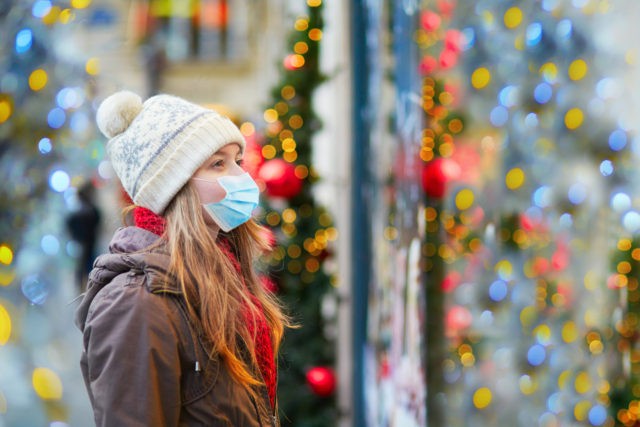Americans increased spending in October even as household income fell sharply, the latest twist in an economy buffeted between pandemic lockdowns, social distancing, unprecedented levels of government support through the summer, and the end of many of the coronavirus relief programs this fall.
Consumer spending rose 0.5 percent, the sixth consecutive monthly increase, the Commerce Department said Wednesday.
Household income—which includes wages, investment returns, and government payments—dropped 0.7 percent last month, in large part due to a decline in government benefits.
The decline in income was unexpected. Economists had forecast a one-tenth increase. The rise in spending was a tenth of a percentage point higher than expected.
Private wages and salaries rose in October, indicating that the private sector continues to be resilient in the face of the surge in Covid-19 infections.
Government wages and salaries, however, declined for a second consecutive month, likely an indicator of the strain the virus has put on state and local government budgets.
Consumer spending has held up much better than expected since the economy began to reopen this summer. It was likely boosted by enhanced unemployment benefits, a pause on student loan payments, and other government programs aimed at providing economic support.
Inflation remains muted. The Personal Consumption Expenditure Index was unchanged for the month as was the measure of core prices, which excludes food and energy prices. Compared with a year ago, the index is up 1.2 percent, a slower pace of inflation than seen earlier in the year. Core prices are up 1.4 percent compared with a year ago, well below the two percent the Federal Reserve says is consistent with a healthy economy.

COMMENTS
Please let us know if you're having issues with commenting.